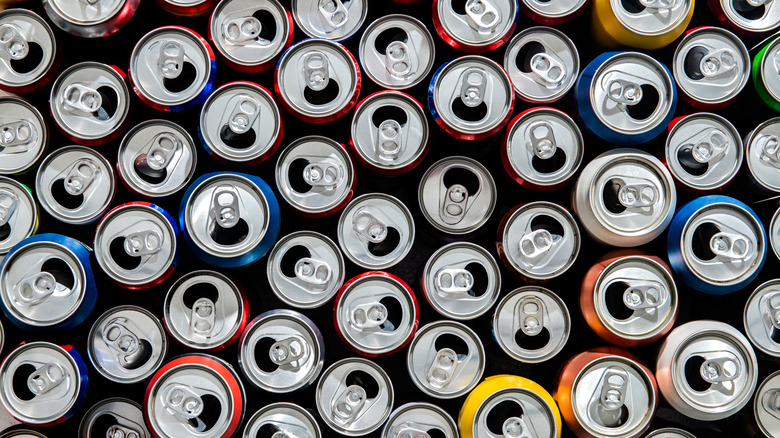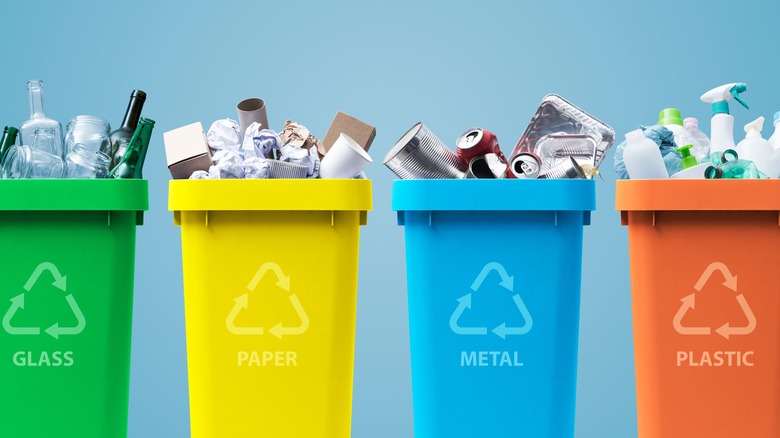How The Canned Drink Industry Plans To Fulfill Its Major Recycling Goals
With the imminent and existential threat of climate change, governing bodies like the United Nations have called for action, urging people to look for ways to reduce their carbon footprint and implement sustainable practices. On July 12 the U.S. trade association Can Manufacturers Institute (CMI) released a roadmap for meeting its ambitious plans to increase aluminum can recycling over the next 30 years.
In November 2021, CMI announced its new recycling targets: By 2030, it hopes to achieve a recycling rate of 70%, with the rate ideally increasing by 10% every decade, so by 2050 at least 90% of aluminum drink cans will be recycled in the U.S. (For comparison, the aluminum drink can recycling rate in 2020 was 45%.) Even CMI admits that these goals will be tough to accomplish.
However, CMI has a proposal. In its new report, the association explains its plans to address significant barriers to recycling and hopefully achieve its goals to increase aluminum beverage can recycling in the U.S. CMI organized its plan into four pillars of action: creating well-designed recycling systems; making home and public recycling more straightforward and accessible; increasing accuracy in recycling facilities; and educating the public about recycling and sustainability.
Recycling Works
Already the "most recycled drink package" in the world, according to CMI, the benefits of recycling aluminum beverage cans are worth noting. The Aluminum Association explains recycling cans decreases manufacturing's carbon emissions, significantly reducing energy use. (It takes 95% less energy to produce recycled aluminum than it does new.)
But perhaps the most incredible part of aluminum is that it can be recycled quickly and indefinitely. Typically a can has a 60-day turnaround from recycling bin to store shelf, says the Suffolk-News Herald. Because of this, recycled aluminum beverage cans could create a circular economy in which we use the materials already in circulation over and over, explains CMI's new report.
While making a widespread change seems daunting, small moves following proposed pillars of action could have large-scale positive results, claims CMI's recent release. For example, CMI estimates that it could collect 23 billion more beverage cans by simply increasing education and access to curbside recycling. Furthermore, had the country been recycling at the 70% rate in 2020 — the association's goal for 2030 — U.S. recycling systems could have seen $400 million in additional revenue, with energy savings that could have powered one million homes for a year. Similarly, incentive programs like deposits found in some U.S. states and cities, where people exchange cans for a small monetary value, look promising and could yield as much as 50 billion more recycled cans if implemented throughout the country.
By publishing these predictions, CMI hopes to gain more support for its goals and encourage nationwide recycling efforts.

